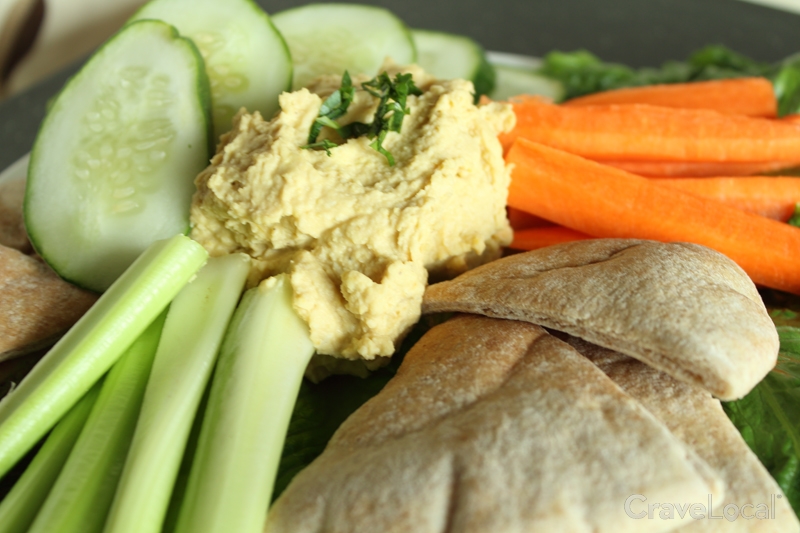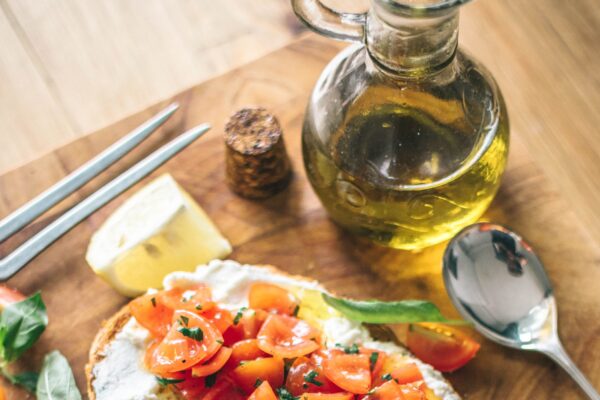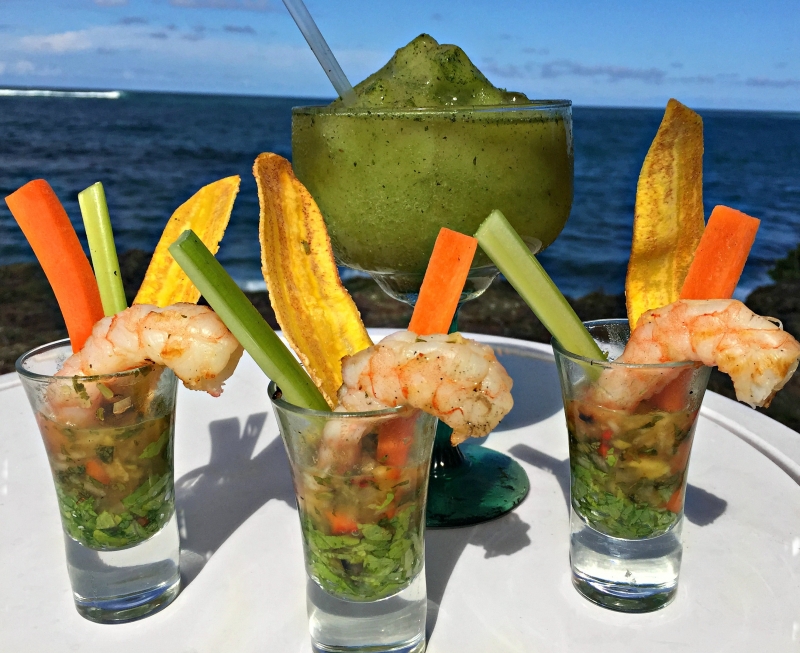
Non-stick, porcelain, aluminum, and glass-choices in cookware are abundant, and sometimes confusing, especially if you’re trying to avoid contaminates and chemicals in the kitchen. In her latest book, Dutch Oven Cookout, Step-by-Step, author Michele Pika Nielson teaches readers how to season, care for, and cook with cast iron.
We asked Michele to share her favorite tips and common myths when it comes to cooking with a dutch oven. Here’s what she says:
What is the best way to clean cast iron? Why is it sometimes so hard to clean? As I talk to people about cast iron cooking, these are questions I hear over and over. While writing my book Dutch Oven Cookout, Step-by-Step, I spent over twenty years seeking scientific answers to these and other questions about cast iron.
Here are my top five research-based tips for caring for your cast iron cookware:
1. Preheat. Preheating your cast iron pot, pan or skillet before each use is the single most important thing you can do to make your cast iron easier to clean. When you pre-heat, you dramatically enhance the non-stick properties of your seasoned cast iron.
In side-by-side tests of peach cobbler, the cobbler made in a well-seasoned, preheated pot cleaned up like it had a factory non-stick coating. The cobbler made in a pot that was well-seasoned but was not preheated stuck like glue and required soaking and scrubbing.
2. Don’t oil the pot after use! Most instructions for care of cast iron say to oil the pot before you put it away. Oiling the pot before you store it is a problem because if you go even a few days between uses, the oil you applied will start to go rancid.
Another term for going rancid is “oxidize” and oxidation of oils happens anywhere there is oxygen–in other words, anywhere that humans live and breathe. Rancid oil is difficult to remove and doesn’t enhance your seasoning coat–or the flavor of what you make next!
See our stove recipe for Chicken Coq Au Riesling here-perfect to make in a Dutch or French Oven!
3. Do use soap! There is a common misconception that soap will remove or damage your seasoning coat. In order to understand why soap won’t damage your seasoning coat, it helps to know a little more about what a seasoning coat is. A seasoning coat (also called “patina”) is created when oil is applied to cast iron and heated. As it is heated, the oil molecules undergo a molecular conversion in which the fatty acid chains cross over each other and form a cross-linked polymer.
You can see this process at work on your favorite cookie sheet or baking pan. Chances are your pan has places around the edges where oils have baked on and created yellow or brown spots. You know from experience that those spots don’t come off with soap and water–otherwise they wouldn’t be there! Those spots are small samples of the seasoning you can create on your cast iron cookware. When you have created a good seasoning coat on your cast iron pot or pan, the seasoning can be gradually worn off, scrubbed off or scraped off, but it won’t be removed with mild dish soap and hot water.
When you clean your cast iron after use, you really want to use soap, because the soap will remove any residual oils that could go rancid during storage.
4. Season before each use. If you get into the habit of preheating your cookware every time you use it, you can utilize that time to renew or refresh your seasoning coat. All you have to do is apply a thin coat of vegetable oil to the entire surface of the pot or pan while it is still cold, then preheat it–in the oven or over whatever fuel source you are using. If the oil starts to create too much smoke as you preheat, turn down the temperature to a level where only a few wisps of smoke come off and use that temperature the next time you preheat.
5. Don’t worry about a little rust. When you wash your cast iron with soap and water, if there are areas where your seasoning is a little thin, it’s possible for a thin coat of orange rust to appear in those areas. If this happens there is no need to worry. As long as you store your cast iron in a dry environment, that rust will disappear the next time you preheat and season your pot or pan. With time, you will build up more layers of seasoning and this will no longer be a problem. Of course, you will also want to watch for potential rust or build-up of seasonings and waste within your oven too, not just your pans! If you have found that your oven is experiencing some unknown issues, you will find it better to search websites similar to https:www.johnsapplianceco.com and others to rectify any problems your oven may have.
Using the principles above, you can create a really great non-stick coating on your cast iron cookware. Unlike commercially coated non-stick cookware, the coating you create on your cast iron can be renewed over and over.


Michele Nielson grew up in a house across the street from the University of Utah. As the daughter of two scientists she learned early to apply scientific research methods to all aspects of learning. Since completing her Master’s Degree in Language Teaching at the University of Utah Michele has worked as a teacher, a professional organizer, a cook, a wedding planner, and a flower arranger, among other things. She loves learning languages, developing new recipes, traveling, and working with power tools.
She currently lives with her husband Paul in a little house surrounded by trees in the Millcreek area of Salt Lake City.
To read more tips on Dutch Oven cooking, please see her latest book, Dutch Oven Cookout, Step-by-Step, available on Amazon.com.




